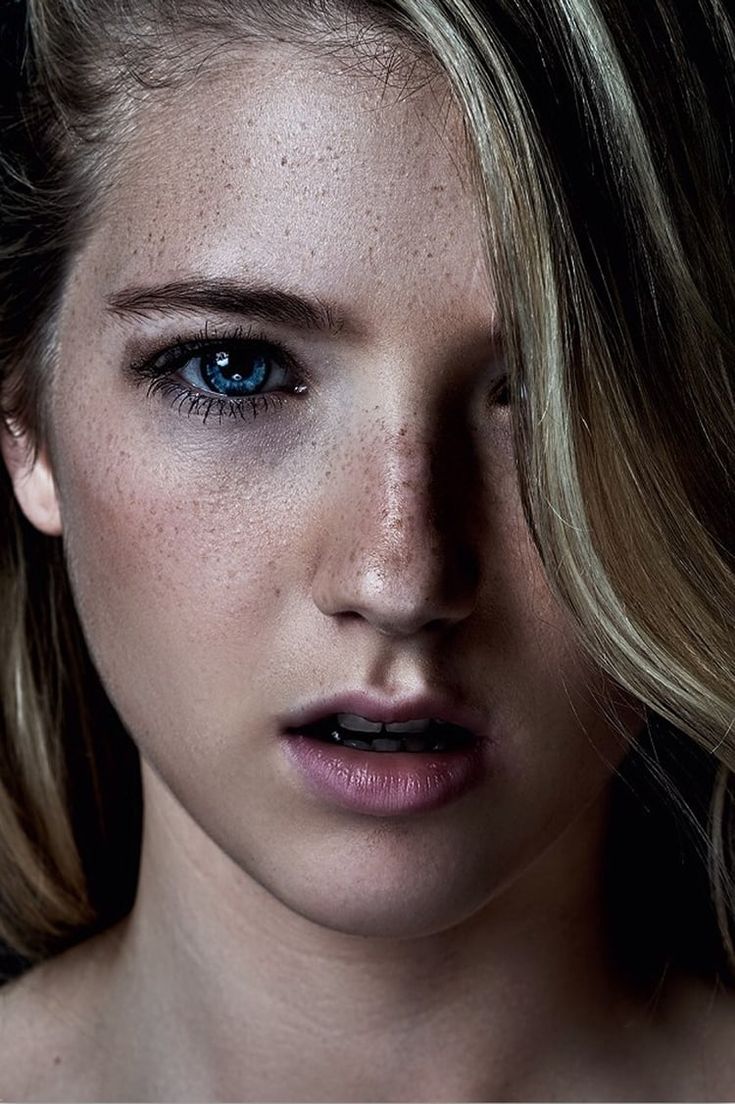Let me break it down for you real quick. In today's wild world of the internet, the name Kaylee Killion has been tossed around like a hot potato, especially when it comes to searches like "Kaylee Killion nude." But hold up, there's more to this story than just some scandalous headlines trying to grab your attention. We're diving deep into what's real, what's fake, and why this conversation matters.
Now, before we get into the nitty-gritty, let's set the record straight. The internet is like a giant echo chamber where rumors can spiral out of control faster than you can say "viral." When it comes to Kaylee Killion, the buzz around her supposed "nude" photos or videos is part of a larger issue – the objectification and exploitation of women online. This isn't just about one person; it's about a culture that thrives on sensationalism.
So why are we talking about this? Because it's important to understand the impact of spreading unverified information and how it affects real people's lives. Kaylee Killion is not just a name on a search engine; she's a human being with feelings, aspirations, and a life outside the digital world. Let's take a moment to explore the truth behind the headlines and why this conversation is crucial for all of us.
Read also:Big Jill Leak The Untold Story Behind The Viral Phenomenon
Who is Kaylee Killion? Let's Get the Facts Straight
Biography: A Quick Dive Into Kaylee Killion's Life
Before we dive into the drama, let's talk about who Kaylee Killion really is. Kaylee is a social media personality and content creator who has built a following through her unique style, personality, and authenticity. She's not just some random person; she's someone who has worked hard to create a brand and connect with her audience.
Here's a quick rundown of her life:
| Full Name | Kaylee Killion |
|---|---|
| Date of Birth | March 14, 1998 |
| Place of Birth | Los Angeles, California |
| Occupation | Social Media Personality, Content Creator |
| Education | Attended California State University |
| Relationship Status | Single (as of 2023) |
Now that we have the basics out of the way, let's talk about why her name is often linked to controversial topics like "nude" photos or videos. It's not just about her; it's about how the internet treats people in the public eye.
The Myth of Kaylee Killion Nude: Separating Fact from Fiction
What's the Deal with These "Leaked" Photos?
Listen up, because this is where things get interesting. Over the years, there have been countless claims about "leaked" photos or videos of Kaylee Killion. But here's the thing – none of these claims have been verified. In fact, most of them are fake or manipulated images designed to attract clicks and generate traffic.
Why do people do this? Because scandal sells. The internet is full of websites and social media accounts that thrive on spreading misinformation and sensational content. They know that people are curious, and they exploit that curiosity for profit. It's a dirty game, and unfortunately, people like Kaylee Killion often become collateral damage.
- Most "leaked" photos are fake or heavily edited.
- No verified source has ever confirmed the existence of real nude photos or videos.
- These claims are often part of a larger strategy to drive traffic to malicious websites.
Why This Matters: The Impact on Real People
The Dark Side of Internet Sensationalism
Now, let's talk about the real impact of this kind of behavior. When someone's name is attached to false or misleading information, it can have serious consequences. Kaylee Killion is just one example of how the internet can turn a person's life upside down through no fault of their own.
Read also:Inside The Memory Leak Funeral Home Montgomery Alabamas Digital Dilemma
Here's what happens:
- People's privacy is violated without their consent.
- They face harassment, cyberbullying, and even threats from strangers.
- Their reputation is tarnished, and it can be difficult to recover from the damage.
- It creates a culture where objectification and exploitation are normalized.
This isn't just about Kaylee; it's about all of us. If we continue to click, share, and engage with this kind of content, we're contributing to the problem. It's time to take a stand and demand better from ourselves and the platforms we use.
The Role of Social Media: Friend or Foe?
How Platforms Can Help or Harm
Social media plays a big role in how information spreads online. Platforms like Instagram, Twitter, and TikTok can either amplify harmful content or help stop it in its tracks. The problem is, many of these platforms prioritize engagement over accuracy, which means sensational content often gets more attention.
Here's what social media companies can do:
- Implement stricter policies against the spread of false information.
- Provide tools for users to report and flag harmful content.
- Work with creators to promote authenticity and positivity.
But it's not just up to the platforms – it's up to all of us to be responsible consumers of information. We need to think twice before clicking, sharing, or commenting on something that seems too good (or too scandalous) to be true.
Legal Protections: What You Need to Know
Your Rights in the Digital Age
Now, let's talk about the law. Believe it or not, there are legal protections in place to help people like Kaylee Killion protect their privacy and dignity online. Laws against revenge porn, cyberbullying, and other forms of digital harassment are becoming more common, and they're making a difference.
Here are some key points:
- Revenge porn is illegal in many jurisdictions and can result in serious consequences for offenders.
- Cyberbullying laws are being strengthened to protect victims from harassment and abuse.
- People have the right to control how their images and personal information are used online.
If you or someone you know is a victim of this kind of behavior, there are resources available to help. Don't hesitate to reach out for support and take action to protect yourself.
How You Can Help: Taking Action Against Misinformation
Be the Change You Want to See
So, what can you do to make a difference? It starts with being a responsible digital citizen. Here are a few tips:
- Verify information before sharing it with others.
- Report harmful or misleading content to the appropriate platforms.
- Support creators who promote authenticity and positivity.
- Speak out against objectification and exploitation online.
It might not seem like much, but every little bit helps. By standing up for what's right and holding ourselves and others accountable, we can create a better, safer internet for everyone.
The Bigger Picture: Why This Conversation Matters
Changing the Culture, One Click at a Time
At the end of the day, this conversation is about more than just Kaylee Killion. It's about the kind of world we want to create online and offline. Do we want a culture that celebrates objectification and exploitation, or do we want one that values respect, dignity, and authenticity?
The choice is ours. Every time we click, share, or engage with content, we're sending a message about what we value. Let's make sure that message is a positive one.
Final Thoughts: Let's Do Better
As we wrap up this discussion, let's take a moment to reflect on what we've learned. Kaylee Killion is just one example of how the internet can turn a person's life upside down through no fault of their own. But it doesn't have to be this way. We have the power to change the culture and create a better, safer online environment for everyone.
So here's my challenge to you: the next time you see a headline or a post that seems too scandalous to be true, take a moment to think before you click. Ask yourself if it's worth spreading or engaging with. And if it's not, walk away. Your actions matter, and together, we can make a difference.
Now, it's your turn. Leave a comment, share this article, or start a conversation with someone you know. Let's keep the momentum going and work toward a brighter future for all of us.
Table of Contents:


